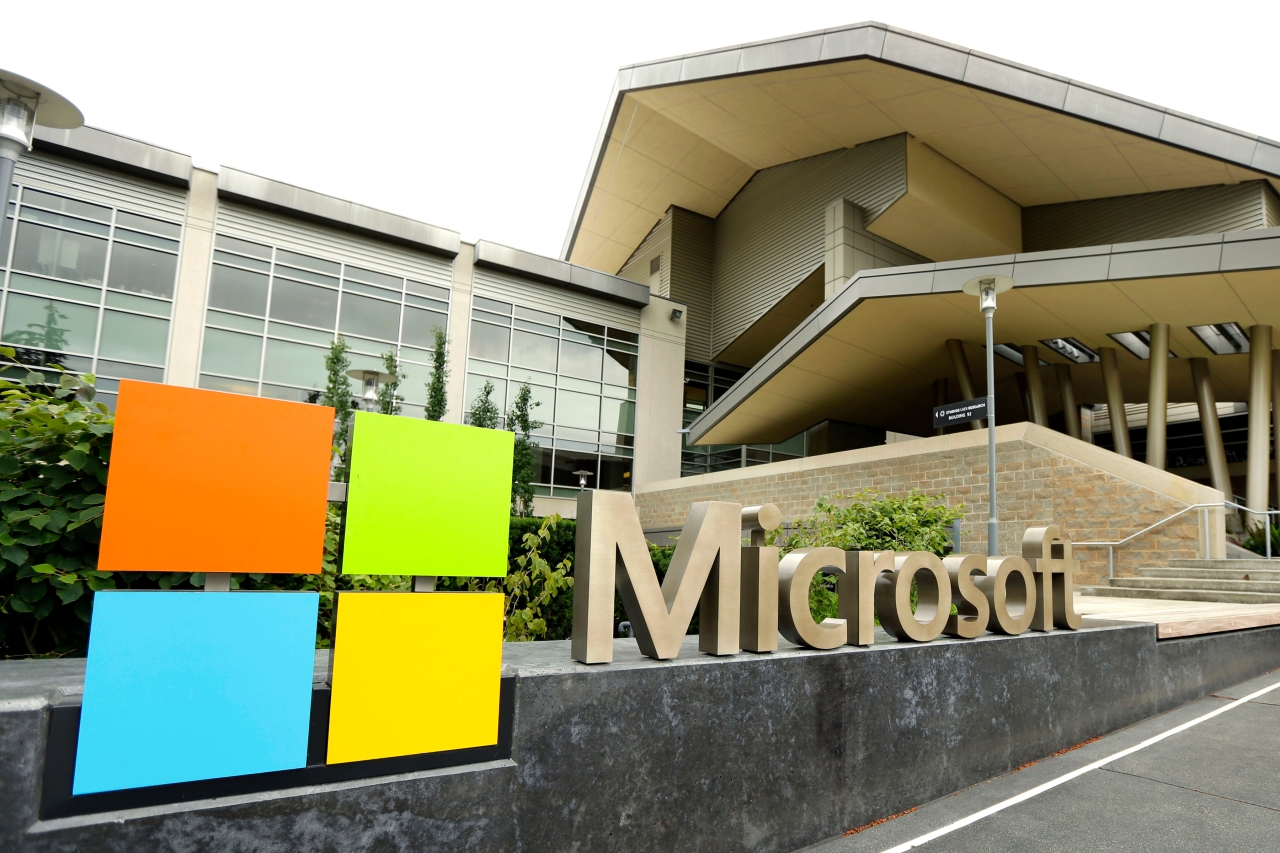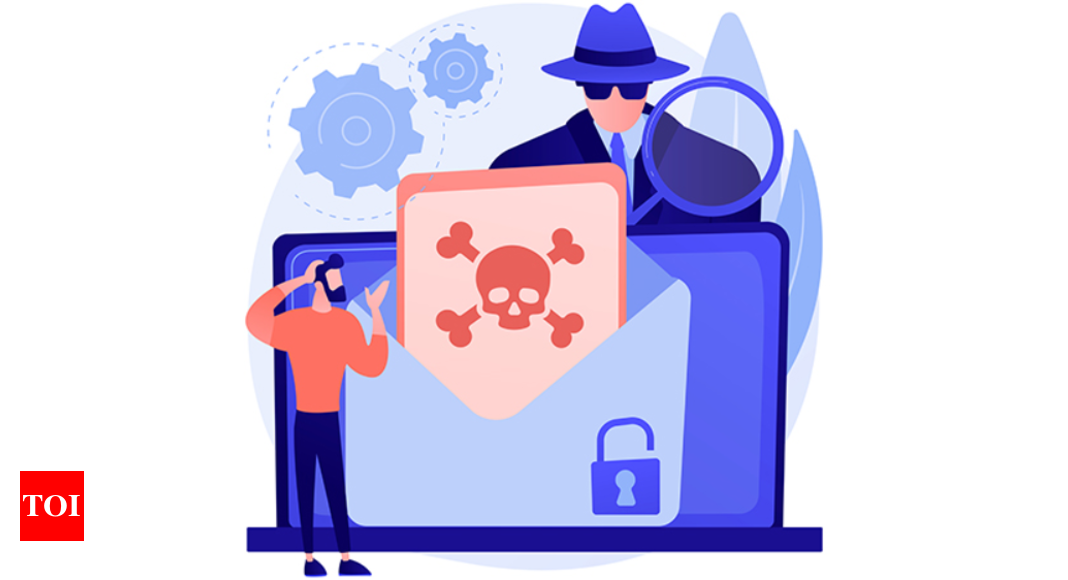Understanding the Different Types of Certificate Authorities
Establishing trust online is a crucial component of collaboration in the digital age. From using a third-party vendor to shopping online to communicating via email, companies and individuals rely on this trust to do business. How can they know they are communicating with the right person and not an actor behind a phishing scheme?
A certificate authority (CA) plays a vital role in making this happen. CAs follow strict industry standards, verify identities, and issue digital certificates. Here is your guide to what a CA is, why it matters, and the different types of CAs available today.
What Is a Certificate Authority (CA)?
Certificates ensure a system is who they say they are, but the system must also be assured that the certificate itself is genuine. This is where trusted third parties come into play. Certificate authorities are independent bodies that issue and vouch for certificates.
As a vital component of the public key infrastructure (PKI), CAs create digital certificates that cryptographically link public keys with the owners’ identities. The CA is responsible for validating the identity of the entity associated with a given public key and issuing the digital certificates that attest to this identity. The CA follows specific protocols to verify the requester’s identity before issuing the certificate. This protocol involves checking official documentation or performing a background check.
CAs also have mechanisms for revoking certificates. Revocation happens when a key associated with a certificate is compromised or if the entity that was issued a certificate no longer exists.
Importance of Certificate Authorities
CAs play a crucial role in ensuring internet security. Certificates can secure digital signatures and establish secure network connections via protocols such as HTTPS.
Here are some of the top reasons why CAs are critical in the digital world:
- Establishing trust. CAs provide the foundation of trust on the internet. For example, when users connect to a website, their browser trusts the website if it has a valid certificate issued by a trusted CA. Without this mechanism, it’s hard to establish trust between two parties that have never interacted….




